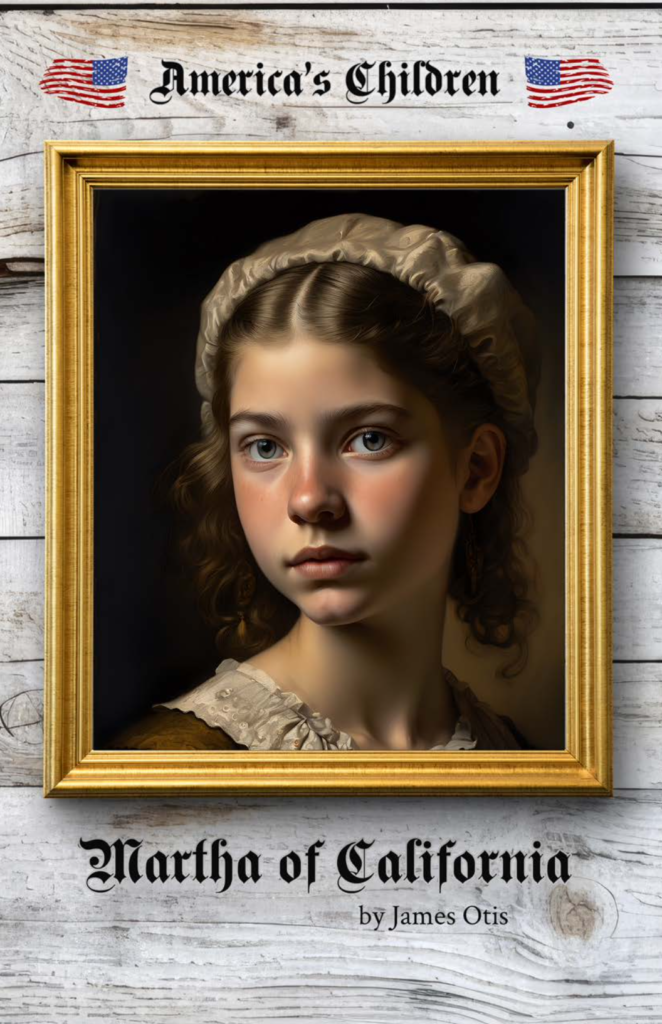
“Embark on an unforgettable odyssey with Martha, a spirited Missourian setting her sights on the golden allure of California. Narrated through the eyes of this determined young lady, James Otis crafts a vivid tapestry of the challenges faced on the Oregon Trail. As Martha’s family ventures forth in their covered wagon, they confront the very essence of the wild frontier: intense standoffs with native tribes, daring night traversals across deserts and salt fields, hunting escapades, and the relentless struggles of managing livestock and supplies. Step into Martha’s shoes, and experience firsthand the resilience, camaraderie, and sheer willpower that shaped the stories of countless pioneers seeking a new beginning.” – Living Book Press Book Description
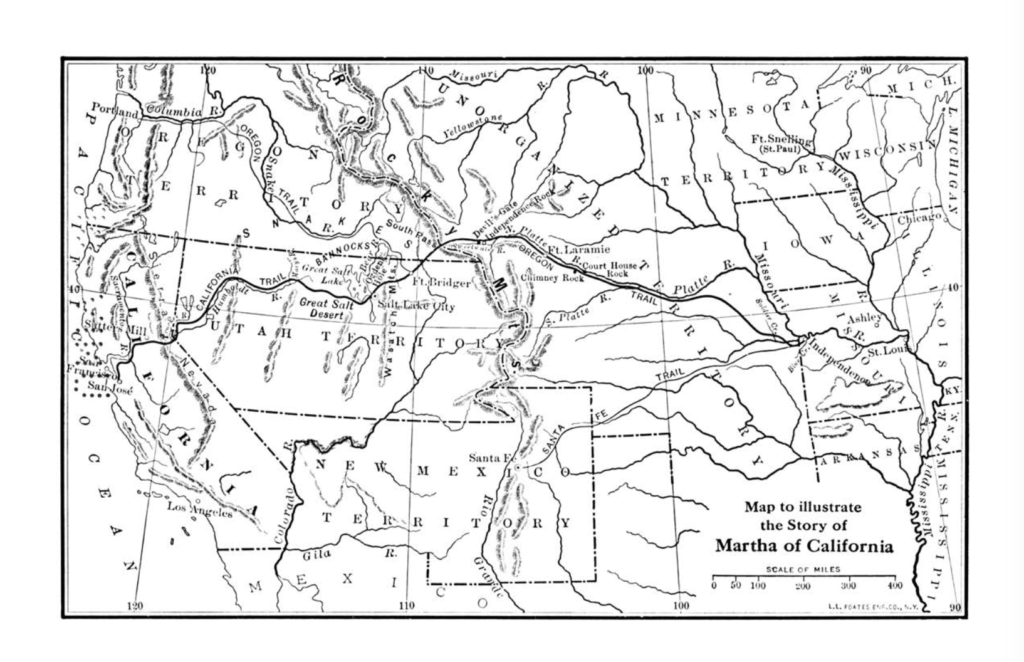
Written in 1913 by James Otis, this intriguing young readers’ novel tells the story of a Missouri wagon train on the trek to California. Like the other stories in James Otis’s Children of America series, this tells of true events through the point of view of a fictional child. The stories are all fun to read, appropriate for the whole family to read aloud, and a lovely way into American history.
I purchased the Westward Expansion-themed books from Living Book Press because I have a whole pack of eight to fourteen-year-old readers in my library who are clamoring for stories about the West that are easy to love and easier to read than something like a Landmark book. I love having these in my library because, while they are somewhere in between historical fiction and non-fiction, they are so well-written and yet entirely accessible to younger readers. Several of my young patrons have checked out one or two only to come back asking for “all of the rest” because they enjoyed them that much.
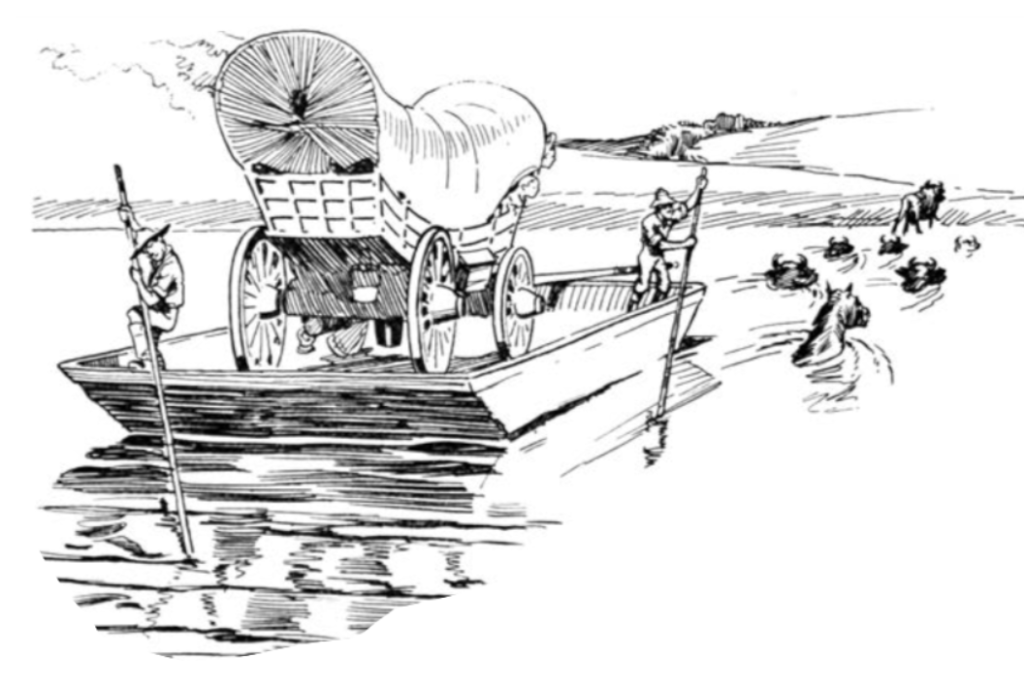
Otis does a marvelous job of helping young readers imagine what life was really like in the particular setting of the story. In Martha of California, for example, we get a compelling look at the wagon train traveling across the Great Salt Desert of Utah. Before they enter into the dangerous territory, Martha tells us the men have all agreed that this journey has to be made quickly regardless of any accidents or mishaps.
“When Ellen asked him how long a time the crossing would take, he said he hoped no more than twenty or twenty-four hours. He also told us it had been agreed that if one of the wagons should break down, or any accident happen, the unfortunate ones were to be left behind, the remainder of the company continuing on without making any effort to aid them. Then, perhaps for the first time, I began to realize how much danger lay before us. Surely if our fathers had agreed that during the coming march they would make no halt for any reason, there must be grave cause for fear.”
Two of the main concerns about the travel across this salt plain were the total absence of water and the uneven earth in which the animals’ legs would sink and get stuck. The risk of injury was already great, and the thirst of the animals made them even more fatigued than normal, which made them more injury prone. Because of the harsh environment and the absence of water, the wagon train could not afford to stop for anything. And so, Otis gives us a look into the special preparations the pioneers made to endure this trek.
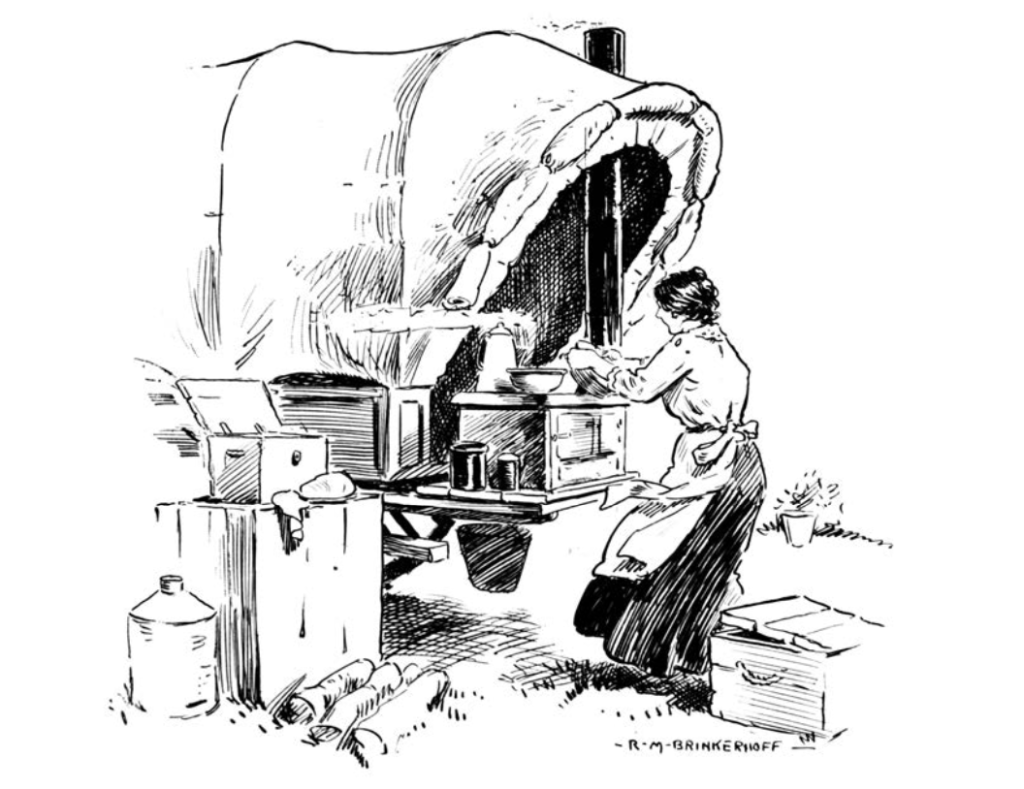
“We made cornbread in abundance, cooking no less than three times as much as we could eat, for Colonel Russell suggested that it was possible we might abate the thirst of the animals by giving them bread in small quantities during the march, and so we filled every available place in the wagon with this food. Mother made coffee enough to provide us with a supply on that night, as well as for breakfast, and, in addition, we had filled to the brim every vessel which was water-tight, until I should think we must have had no less than three gallons, while every other wagon was equally well supplied.”
This story is told from the point of view of a girl named Martha. To be appealing to both boy and girl readers, however, Otis is sure to include a boy in the company of travelers named Eben Jordan. As would be fairly typical of children of any time, Martha and her friend Ellen think that Eben would have been better left at home since he is such a nuisance to the girls. But, once they are underway, Eben turns out to be a pretty excellent character on the trip. Back in Missouri he spent most of his time in boyish pranks and teasing. On the road to California, however, he proves to be a good hunter and a real help to everyone. Ultimately Martha and her mother decide that a boy like him is something to be grateful for.
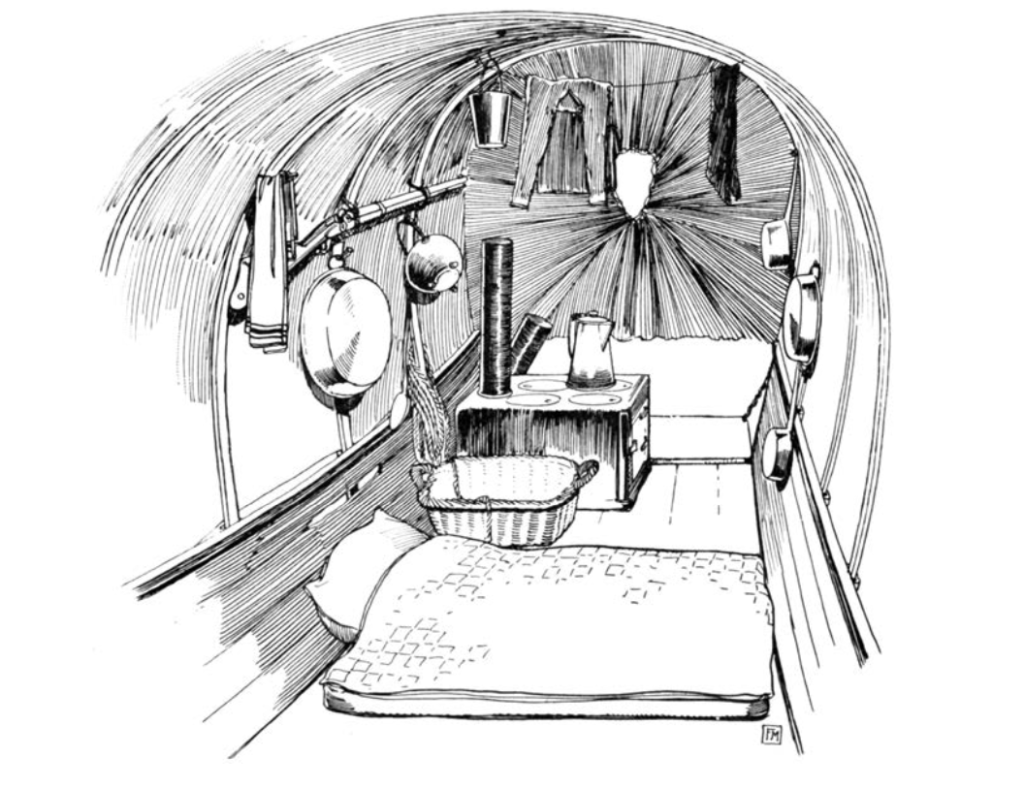
This story really brings the wagon train experience to life. It is fun to read and well done. For mamas who are concerned, the entire group makes it to California unscathed despite some of the harrowing circumstances they encounter. This would be easily enjoyed as a family read aloud.
One important note: I wish to highlight the note from the publisher at the beginning of the book. I think Anthony Coafield of Living Book Press has done a brilliant job of explaining why he preserved the original text despite some of the language. I am copying his note here for you to read.
“This book was written in the early 20th century, a time when societal attitudes and language were significantly different from what we recognize today. As you delve into its pages, you might come across terms and descriptions that our modern sensibilities find offensive or inappropriate. These echo the beliefs and biases of that era, some of which were fueled by ignorance, fear, and misunderstanding.
We’ve chosen to preserve the original text, providing an unvarnished window into the past. It’s essential to approach this reading with an open heart and mind, recognizing the historical context that shaped these terms and views.
While we’ve made progress as a society, the shadows of these old attitudes sometimes persist. By recognizing and reflecting on the profound impact such perspectives have left on our culture, we can deepen our understanding of history and chart a course towards a more inclusive and compassionate future.” A Note to the Reader, Martha of California – Living Book Press Edition
Here is a link to this book on Biblioguides.